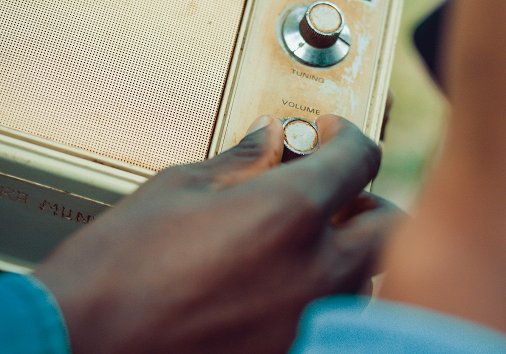What is Composition in Photography and Beyond
Read our brief but detailed guide on the most popular composition styles and create visuals that look just great!

Composition definition
There are many ways to define a composition; still, there is no ultimate one. However, almost all of them narrow down to the simple notion: a composition is just a way of arranging objects in a frame.
Even though there are various "schools of composition", some of which have existed for hundreds and thousands of years, there are still no strict rules to follow. The point is, the viewer's attention span is quite short, so an artist or a photographer should grip it right away. In the following article, we'll share some proven methods to do it, but you still can try your own ones.
Composition emphasizes the elements that the creator wants to highlight. By choosing different photo or video compositions while taking a photo or doing final adjustments in a video editor, the author can shift the emphasis and trigger the exact emotions of the audience.
Compositional techniques
Here is a list of some techniques you can try out while making a photo or filming you video.
Rule of thirds
The frame is divided into 9 imaginary rectangles with the help of two vertical and two horizontal lines. The most important objects are placed either along the axes or at their intersection points.
Even if you know nothing about the rules of composition, this is a basic technique. Most modern photo cameras even have this grid of lines of symmetry automatically applied to the screen, dividing it into 9 equal parts.

Golden spiral
This technique is also called the "Golden ratio" or "Fibonacci spiral". The ratio itself is approximately 1.618:1, the objects are placed in an imaginary curve, which leads the viewer's look through the image.

Diagonal or diagonals
The very term "diagonal" in photography may be used in its exact mathematical meaning, or it may be just any slanted line along which the compositional elements are arranged.

S-curve
This technique is particularly popular in landscape photography and videography, as paths and rivers often have a natural s-curve shape.

L-shape
The objects are placed perpendicularly, forming an L-shape.

Cross
This technique might be called a "rule of quarters". The frame is divided by two imaginary perpendicular axes into four equal parts, and the objects are placed along these lines.

Radial or radiating composition
This way of arranging objects is also quite generic for landscapes. There is an imaginary spot in the picture with other elements "radiating" from it.

Circular
Easy to guess, there is a circle in the image: for example, a lake or another round object.

Tunnel
It may be an actual tunnel, but not necessarily. There are always objects in the foreground that lead and focus the viewer's attention to the background.

Balanced composition
The balanced composition just follows the classical rules: all the objects are placed along imaginary lines of symmetry, and no part of the frame "overweights" the rest of the image.

Unbalanced composition
In contrast to the previous type, an unbalanced composition has a shifted focus, one part of the image clearly "overpowers" the others.

That was just a brief overview of a few composition techniques, by no means not an exhaustive list. Practice is the best teacher, so only you can determine what works better for your photos or videos.



